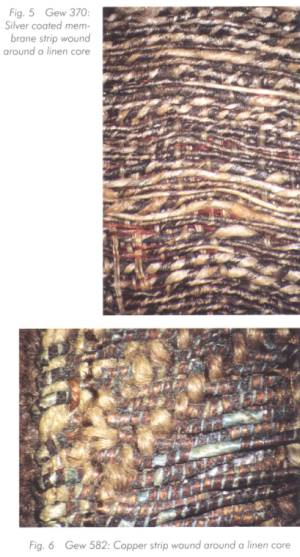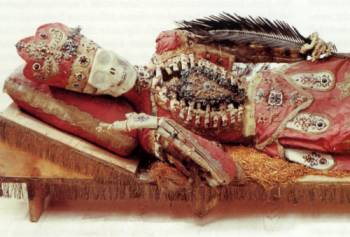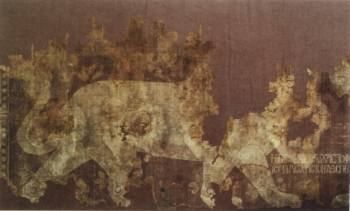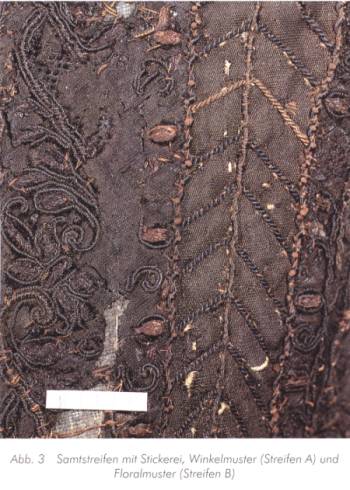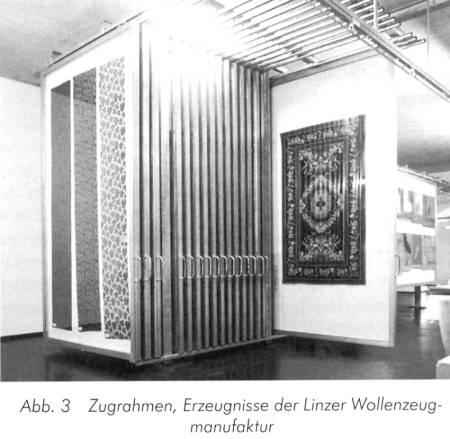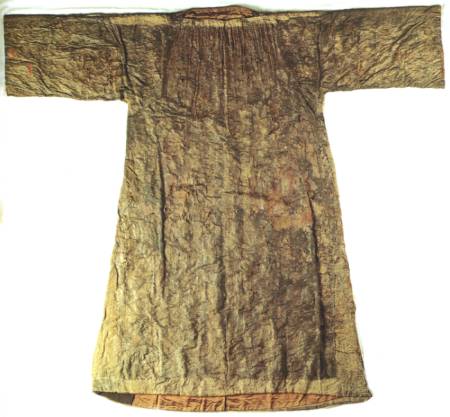Abstract: In a study of the medieval textiles in the collection of the German National Museum 11 diferent types of metal threads were discovered. After explaining the scientific methods used in the examination the author catalogues the textiles according to the type of metal thread. For each textile the appearance of the thread is described as well as its production technique. Examples in other collections are also cited.
